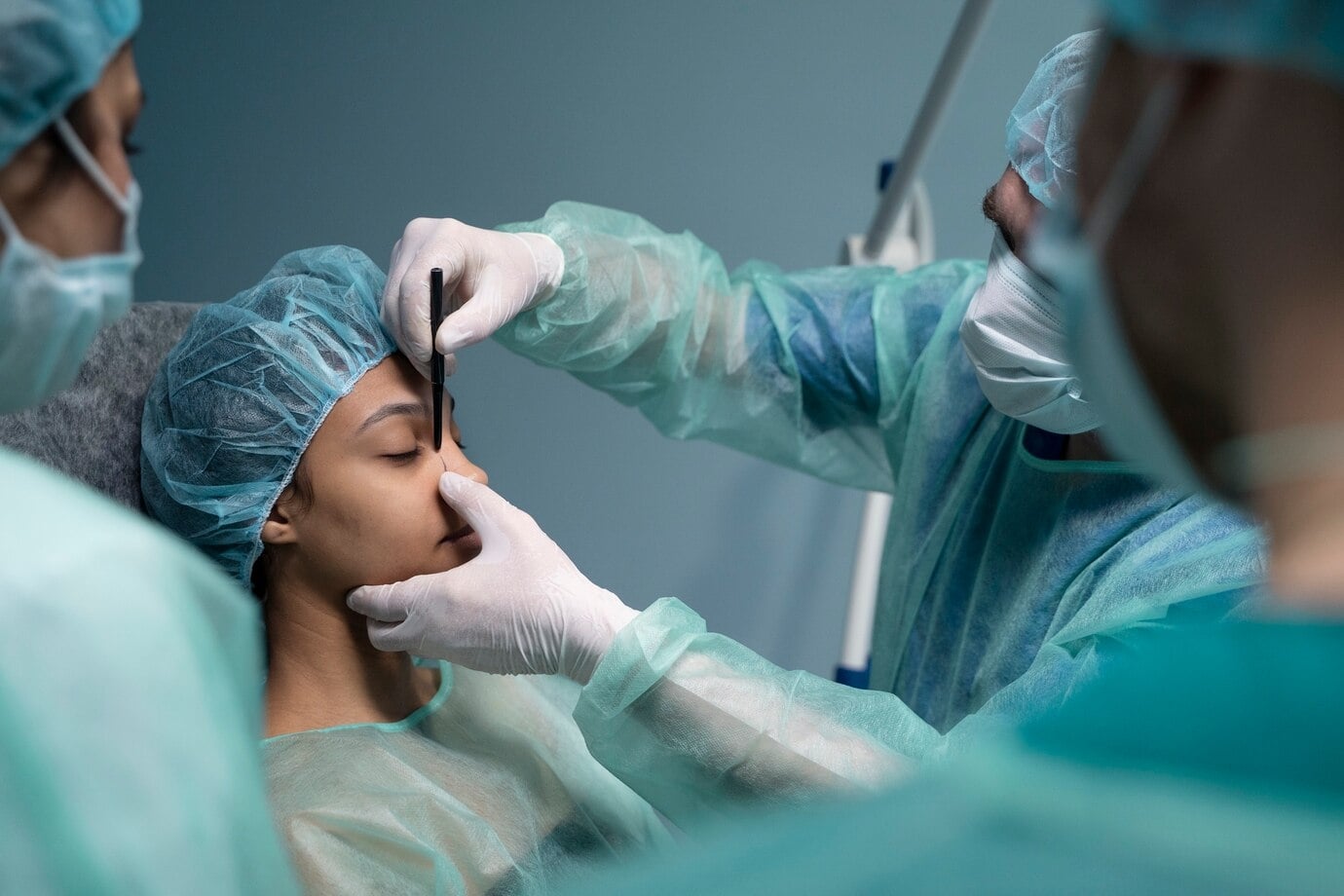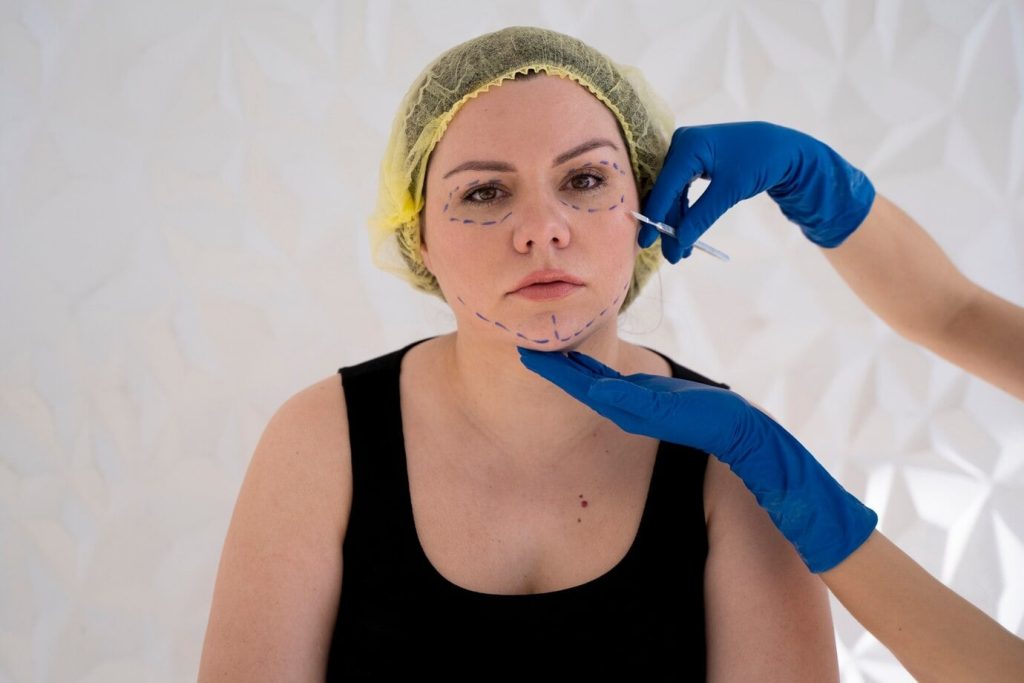Undergoing multiple facial procedures requires careful planning to ensure optimal results and a smooth recovery. If you are considering a London rhinoplasty after a deep plane facelift, timing is crucial to achieving the best outcome without compromising your healing process.
A deep plane facelift is a comprehensive procedure that lifts and repositions deeper facial tissues to restore youthful contours. Since both surgeries affect overlapping facial structures, it is essential to allow enough time for proper healing before undergoing rhinoplasty. In this article, we will explore the ideal timing for rhinoplasty after a deep plane facelift and what to expect throughout the process.
Understanding the Deep Plane Facelift and Rhinoplasty
Before discussing the best timing, it is essential to understand how these two procedures work and their effects on facial anatomy.
What is a Deep Plane Facelift?
A deep plane facelift is an advanced surgical technique performed by a deep plane facelift surgeon in London to address significant sagging and volume loss in the lower and mid-face. Unlike a traditional facelift, which tightens superficial skin, this procedure lifts and repositions deeper layers, including muscles and connective tissues. It provides long-lasting, natural-looking results by restoring youthful contours and reducing wrinkles.
Since the deep plane facelift involves extensive work around the cheeks, jawline, and lower face, swelling and bruising can take several months to subside completely. This factor plays a key role in determining the timing for a secondary procedure like rhinoplasty.
What is Rhinoplasty?
Rhinoplasty, commonly referred to as a nose job, is a surgical procedure that reshapes or reconstructs the nose. Patients seek London rhinoplasty for various reasons, including:
- Cosmetic enhancements (refining the nose shape, adjusting size, or improving symmetry)
- Functional improvements (correcting breathing issues due to a deviated septum or nasal obstruction)
- Revisions after previous nasal surgery
Because rhinoplasty also involves significant swelling and healing time, combining it with a deep plane facelift requires careful consideration.
How Long Should You Wait Before Rhinoplasty After a Deep Plane Facelift?
The ideal timing for rhinoplasty after a deep plane facelift depends on how well the face heals and how much swelling has resolved. Most surgeons recommend waiting at least six months to one year before undergoing rhinoplasty.
Why is This Waiting Period Necessary?
Swelling and Bruising Must Subside
- A deep plane facelift causes swelling around the cheeks, jawline, and lower face, which can extend into the mid-face and nasal area.
- Performing rhinoplasty too soon can make it difficult for the surgeon to assess the final healed facial structure.
Tissue Needs Time to Settle
- After a facelift, the repositioned tissues and skin must fully integrate into their new position.
- Prematurely performing rhinoplasty can disrupt healing and affect the final outcome.
Ensuring Proper Blood Supply
- Both procedures involve adjusting facial tissues and blood vessels.
- Adequate healing time ensures proper circulation and reduces the risk of complications, such as poor wound healing or skin necrosis.
Can Rhinoplasty Be Done Before a Deep Plane Facelift?
For some patients, rhinoplasty may be performed before a deep plane facelift rather than after. In such cases, surgeons typically recommend waiting at least six to twelve months after rhinoplasty before undergoing a facelift. This allows the nasal tissues to fully heal and prevents excessive strain on the newly adjusted facial structure.
Factors That Influence the Timing of Rhinoplasty After a Facelift
Every patient heals differently, so the ideal timing for rhinoplasty depends on individual factors, including:
Overall Healing Speed
- Some individuals heal faster than others due to factors such as age, skin elasticity, and general health.
- If swelling persists beyond the usual timeframe, your surgeon may advise delaying rhinoplasty further.
The Extent of the Facelift Surgery
- A standard deep plane facelift primarily targets the lower face and may allow for a shorter waiting period.
- If additional procedures like fat grafting or neck lifts were performed, healing might take longer.
The Complexity of the Rhinoplasty
- A minor cosmetic adjustment may be performed sooner than a complex reconstructive rhinoplasty.
- Revision rhinoplasty (correcting results from previous nose surgery) often requires a longer healing window.
What to Expect When Combining These Procedures
If you are planning to undergo both a deep plane facelift and London rhinoplasty, it is essential to set realistic expectations for the process.
Consultation with a Skilled Surgeon

- A consultation with an experienced deep plane facelift surgeon in London is crucial to determining the best timeline for your procedures.
- Your surgeon will evaluate your skin condition, facial structure, and healing progress before recommending the next step.
Recovery Timeline
- After a deep plane facelift, initial swelling subsides within two to three months, but residual swelling may last up to a year.
- Once your surgeon confirms that your face has healed adequately, rhinoplasty can be scheduled.
Managing Expectations
- Patience is key when undergoing multiple cosmetic procedures.
- The final results of rhinoplasty may not be fully visible for up to a year, meaning the complete transformation from both procedures will take time.
Are There Alternatives to Staging These Procedures?
Some patients may ask whether a deep plane facelift and rhinoplasty can be performed simultaneously. While it is technically possible, most surgeons recommend staging them separately to:
- Reduce surgical risks
- Ensure a safer recovery
- Allow for better evaluation of facial proportions post-facelift
If you are determined to undergo both procedures within a shorter timeframe, discuss the risks and benefits with your surgeon to make an informed decision.
Conclusion

For the best results, the ideal timing for rhinoplasty after a deep plane facelift is at least six to twelve months. This waiting period allows the facial tissues to settle, swelling to subside, and blood circulation to stabilise, ensuring optimal outcomes for both procedures.
If you are considering both a London rhinoplasty and a facelift, consulting a deep plane facelift surgeon in London will help you develop a personalised treatment plan that maximises results while minimising risks. By carefully timing your procedures, you can achieve a balanced, youthful, and natural-looking transformation.

